SLVS973A September 2009 – July 2015 TLC5926-Q1 , TLC5927-Q1
PRODUCTION DATA.
- 1 Features
- 2 Applications
- 3 Description
- 4 Revision History
- 5 Device Comparison Table
- 6 Pin Configuration and Functions
-
7 Specifications
- 7.1 Absolute Maximum Ratings
- 7.2 ESD Ratings
- 7.3 Recommended Operating Conditions
- 7.4 Thermal Information
- 7.5 Electrical Characteristics: VDD = 3 V
- 7.6 Electrical Characteristics: VDD = 5.5 V
- 7.7 Timing Requirements
- 7.8 Switching Characteristics: VDD = 3 V
- 7.9 Switching Characteristics: VDD = 5.5 V
- 7.10 Typical Characteristics
- 8 Parameter Measurement Information
- 9 Detailed Description
- 10Application and Implementation
- 11Power Supply Recommendations
- 12Layout
- 13Device and Documentation Support
- 14Mechanical, Packaging, and Orderable Information
10 Application and Implementation
NOTE
Information in the following applications sections is not part of the TI component specification, and TI does not warrant its accuracy or completeness. TI’s customers are responsible for determining suitability of components for their purposes. Customers should validate and test their design implementation to confirm system functionality.
10.1 Application Information
10.1.1 Constant Current
In LED display applications, TLC592x-Q1 provides nearly no current variations from channel to channel and from IC to IC. While IOUT ≤ 50 mA, the maximum current skew between channels is less than ±6% and between ICs is less than ±6%.
10.1.2 Adjusting Output Current
TLC592x-Q1 scales up the reference current, Iref, set by the external resistor Rext to sink a current, Iout, at each output port. Users can follow Equation 1, Equation 2, and Equation 3 to calculate the target output current IOUT,target in the saturation region:
Where Rext is the resistance of the external resistor connected to the R-EXT terminal, and VR-EXT is the voltage of R-EXT, which is controlled by the programmable voltage gain (VG), which is defined by the Configuration Code. The Current Multiplier (CM) determines that the ratio IOUT,target/Iref is 15 or 5. After power on, the default value of VG is 127/128 = 0.992, and the default value of CM is 1, so that the ratio IOUT,target/Iref = 15. Based on the default VG and CM.
Therefore, the default current is approximately 52 mA at 360 Ω and 26 mA at 720 Ω. The default relationship after power on between IOUT,target and Rext is shown in Figure 16.
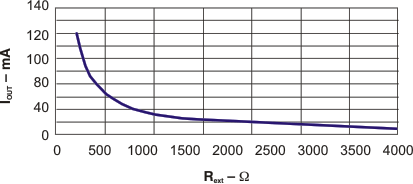 Figure 16. Default Relationship Curve Between IOUT,target and Rext
Figure 16. Default Relationship Curve Between IOUT,target and Rext
10.1.3 16-Bit Configuration Code and Current Gain
Table 5 shows the bit definition of the Configuration Code in the Configuration Latch.
Table 5. Bit Definition of 16-Bit Configuration Code
| BIT 0 | BIT 1 | BIT 2 | BIT 3 | BIT 4 | BIT 5 | BIT 6 | BIT 7 | BIT 15:8 | |
|---|---|---|---|---|---|---|---|---|---|
| Meaning | CM | HC | CC0 | CC1 | CC2 | CC3 | CC4 | CC5 | Don't care |
| Default | 1 | 1 | 1 | 1 | 1 | 1 | 1 | 1 | X |
Bit 7 is first sent into TLC592x-Q1 via SDI. Bits 1 to 7 {HC, CC[0:5]} determine the voltage gain (VG) that affects the voltage at R-EXT and indirectly affects the reference current, Iref, flowing through the external resistor at R-EXT. Bit 0 is the Current Multiplier (CM) that determines the ratio IOUT,target / Iref. Each combination of VG and CM gives a specific Current Gain (CG).
- VG: the relationship between {HC,CC[0:5]} and the voltage gain is calculated as:
- CM: In addition to determining the ratio IOUT,target/Iref, CM limits the output current range.
- CG: The total Current Gain is defined as the following.
Where HC is 1 or 0, and D is the binary value of CC[0:5]. So, the VG could be regarded as a floating-point number with 1-bit exponent HC and 6-bit mantissa CC[0:5]. {HC,CC[0:5]} divides the programmable voltage gain VG into 128 steps and two sub-bands:
Low voltage sub-band (HC = 0): VG = 1/4 ~ 127/256, linearly divided into 64 steps
High voltage sub-band (HC = 1): VG = 1/2 ~ 127/128, linearly divided into 64 steps
High Current Multiplier (CM = 1): IOUT,target/Iref = 15, suitable for output current range IOUT = 10 mA to 120 mA.
Low Current Multiplier (CM = 0): IOUT,target/Iref = 5, suitable for output current range IOUT = 5 mA to 40 mA
Therefore, CG = (1/12) to (127/128) divided into 256 steps.
Examples
- Configuration Code {CM, HC, CC[0:5]} = {1,1,111111}
- Configuration Code = {1,1,000000}
- Configuration Code = {0,0,000000}
VG = 127/128 = 0.992 and CG = VG × 30 = VG = 0.992
VG = (1 + 1) × (1 + 0/64)/4 = 1/2 = 0.5, and CG = 0.5
VG = (1 + 0) × (1 + 0/64)/4 = 1/4, and CG = (1/4) × 3–1 = 1/12
After power on, the default value of the Configuration Code {CM, HC, CC[0:5]} is {1,1,111111}. Therefore, VG = CG = 0.992. The relationship between the Configuration Code and the Current Gain is shown in Figure 17.
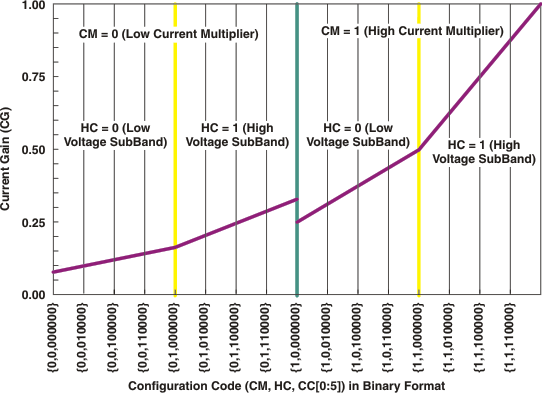 Figure 17. Current Gain vs Configuration Code
Figure 17. Current Gain vs Configuration Code
10.2 Typical Applications
10.2.1 Single Implementation of TLC5926/TLC5927-Q1 Device
The TLC592x-Q1 Constant-Current LED Sink Drivers is designed to work alone or cascaded. shows implementation of a single TLC591x-Q1 device.
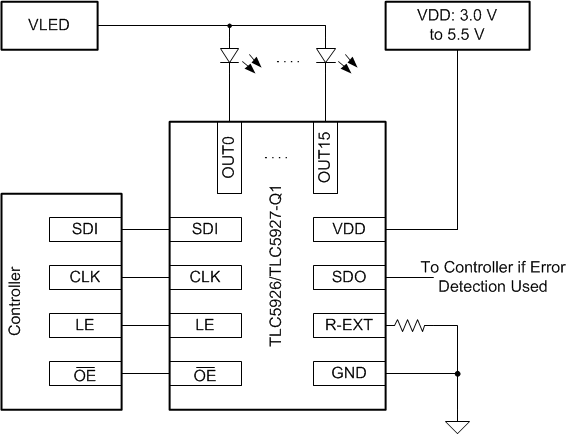 Figure 18. Simple Implementation of TLC591x-Q1 Circuit
Figure 18. Simple Implementation of TLC591x-Q1 Circuit
10.2.1.1 Design Requirements
For this design example, use the parameters listed in Table 6. The purpose of this design procedure is to calculate the power dissipation in the device and the operating junction temperature.
Table 6. Design Parameters
| DESIGN PARAMETERS | EXAMPLE VALUES |
|---|---|
| No. of LED strings | 16 |
| No. of LEDs per string | 3 |
| LED current (mA) | 20 |
| Forward voltage of each LED (V) | 3.5 |
| Junction-to-ambient thermal resistance (°C/W) | 39.7 |
| Ambient temperature of application (°C) | 115 |
| VDD (V) | 5 |
| IDD (mA) | 17 |
| Max operating junction temperature (°C) | 150 |
10.2.1.2 Detailed Design Procedure
where
- TJ is the junction temperature
- TA is the ambient temperature
- θJA is the junction-to-ambient thermal resistance
- PD_TOT is the total power dissipation in the IC
space
where
- PD_CS is the power dissipation in the LED current sinks
- IDD is the IC supply current
- VDD is the IC supply voltage
space
where
- IO is the LED current
- VO is the voltage at the output pin
- nCH is the number of LED strings
space
where
- VLED is the voltage applied to the LED string
- nLED is the number of LEDs in the string
- VF is the forward voltage of each LED
space
VO must not be too high as this will cause excess power dissipation inside the current sink. However, VO must also not be too low as this will not allow the full LED current (refer to the output voltage vs. output current graph). With VLED = 12 V:
Using PD_CS, calculate:
Using PD_TOT, calculate:
This design example has demonstrated how to calculate power dissipation in the IC and ensure that the junction temperature is kept below 150°C.
NOTE
This design example assumes that all channels have the same electrical parameters (nLED, IO, VF, VLED). If the parameters are unique for each channel, then the power dissipation must be calculated for each current sink separately. Then, each result must be added together to calculate the total power dissipation in the current sinks.
10.2.1.3 Application Curve
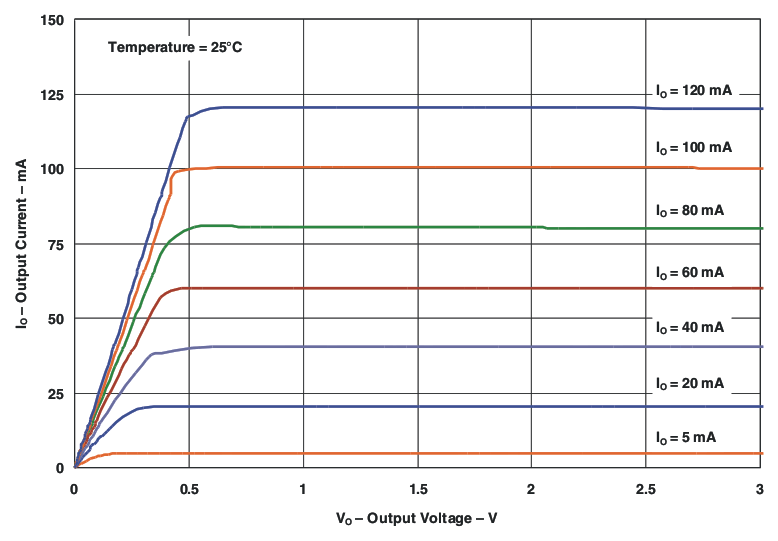 Figure 19. Output Current vs Output Voltage
Figure 19. Output Current vs Output Voltage
10.2.2 Cascading Implementation of TLC5926/ TLC5927-Q1 Device
The TLC592x-Q1 Constant-Current LED Sink Drivers is designed to work alone or cascaded. Figure 20 shows a cascaded driver implementation.
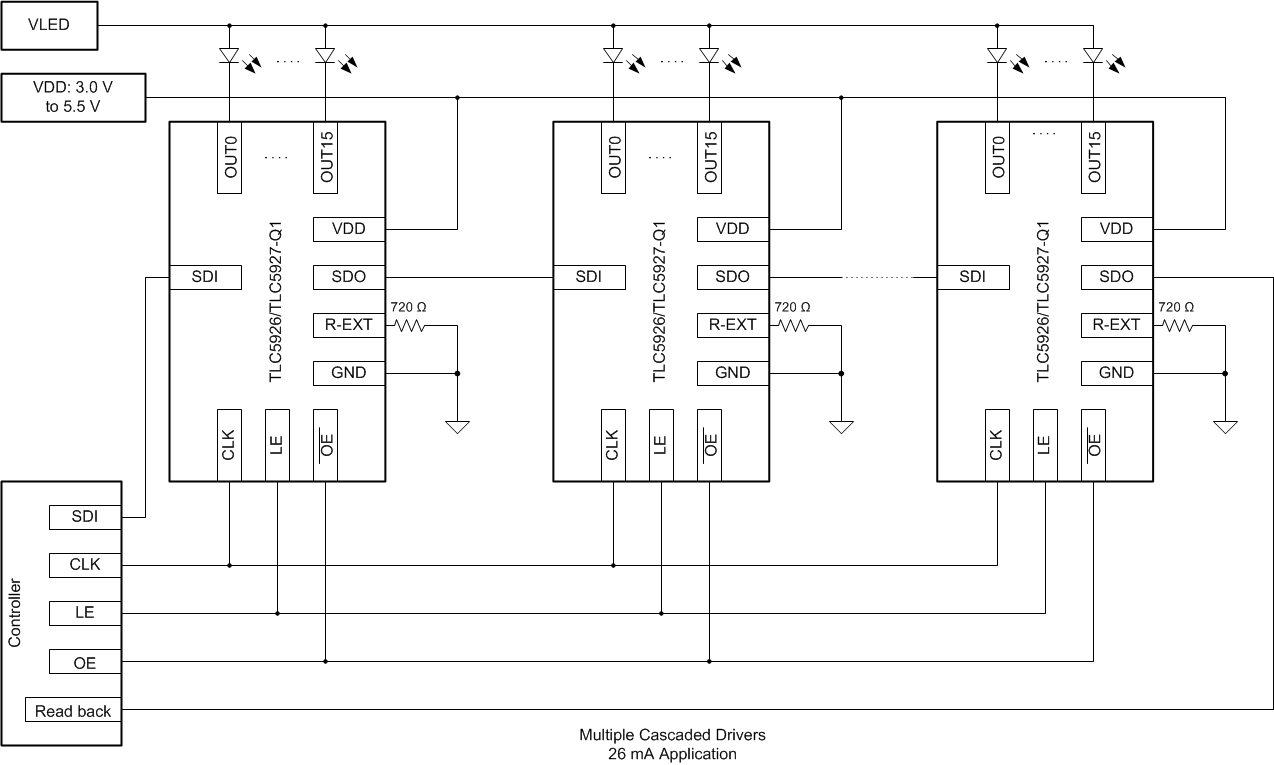 Figure 20. Cascading Implementation of TLC592x-Q1 Schematic
Figure 20. Cascading Implementation of TLC592x-Q1 Schematic